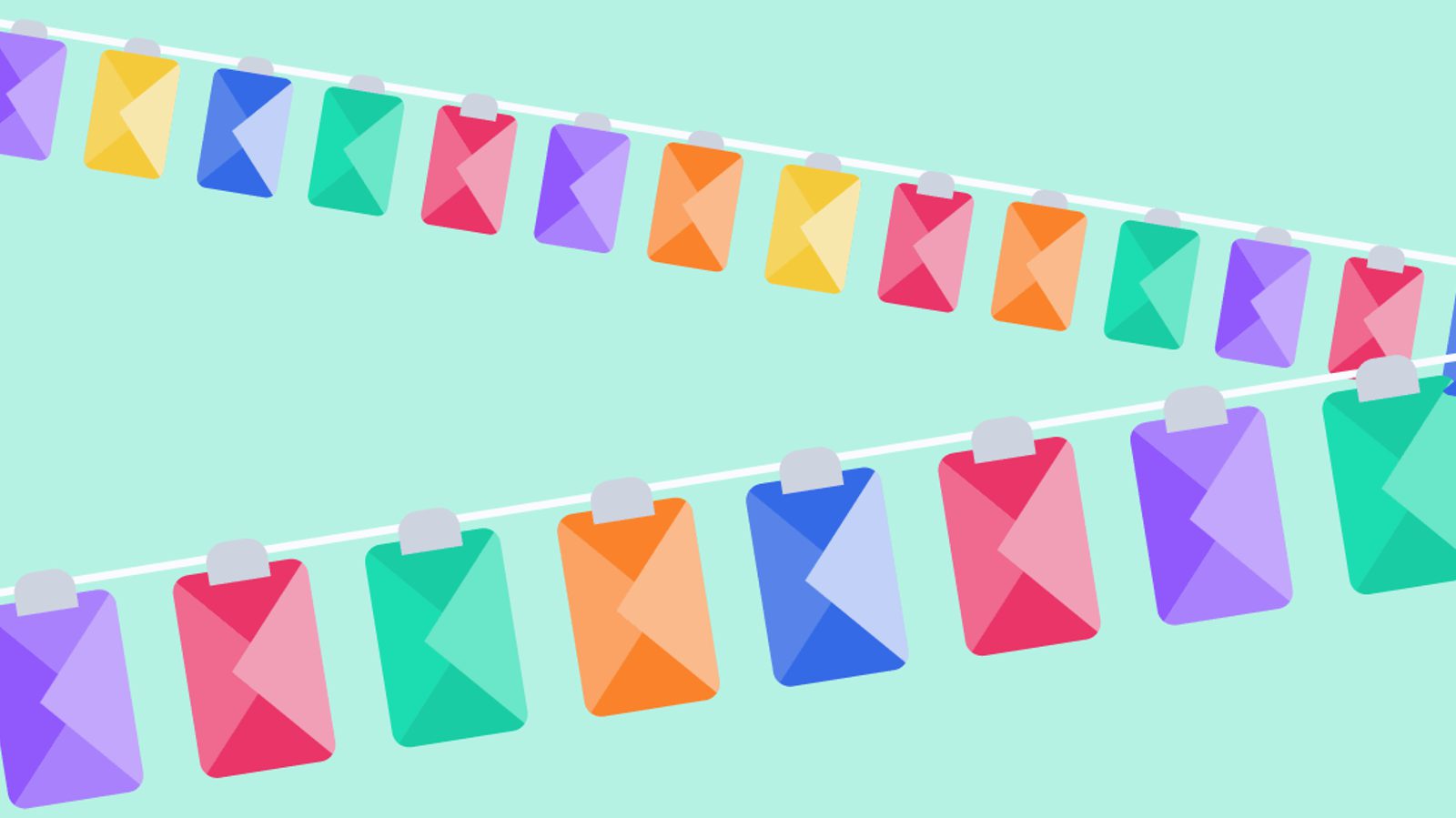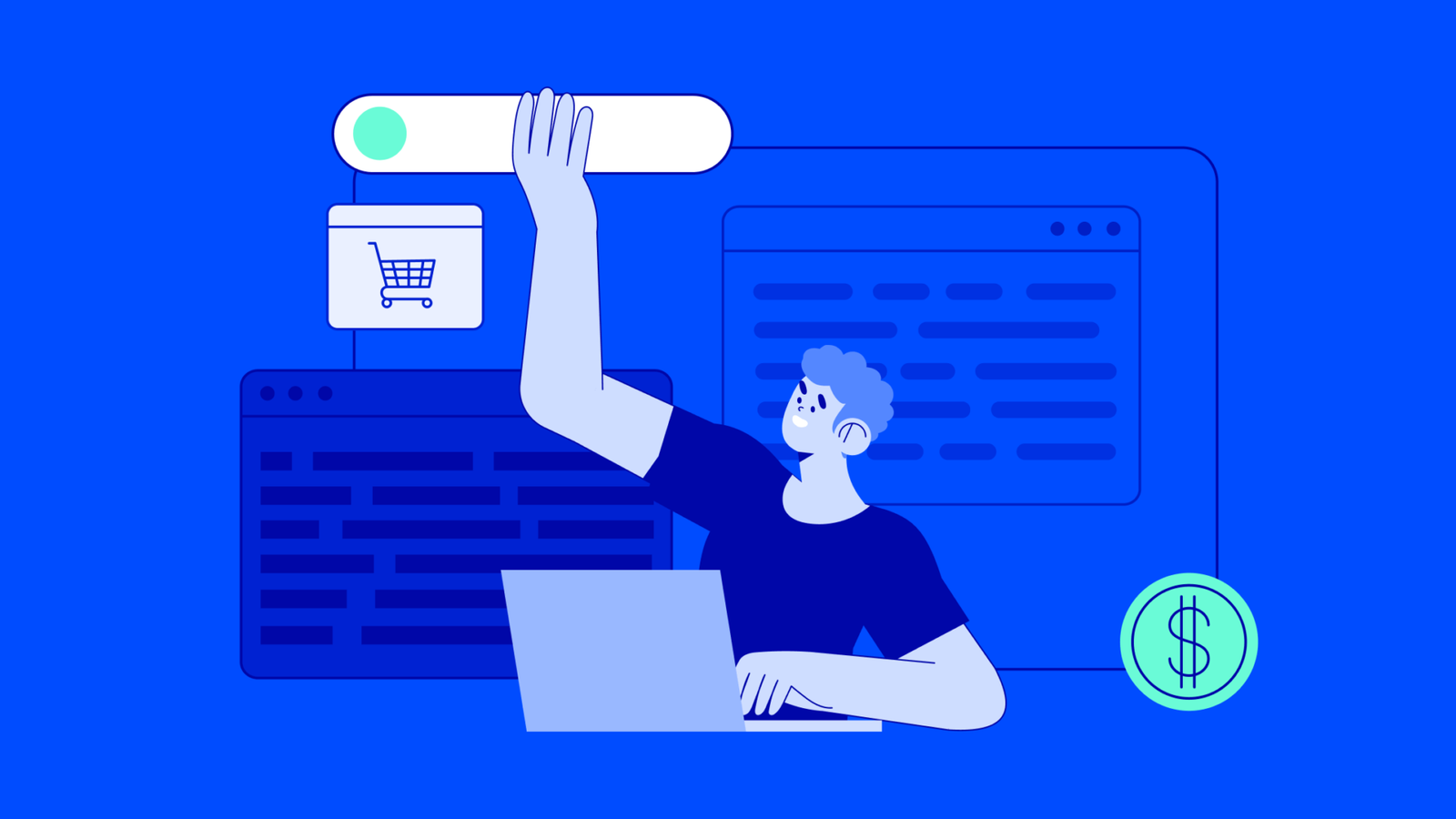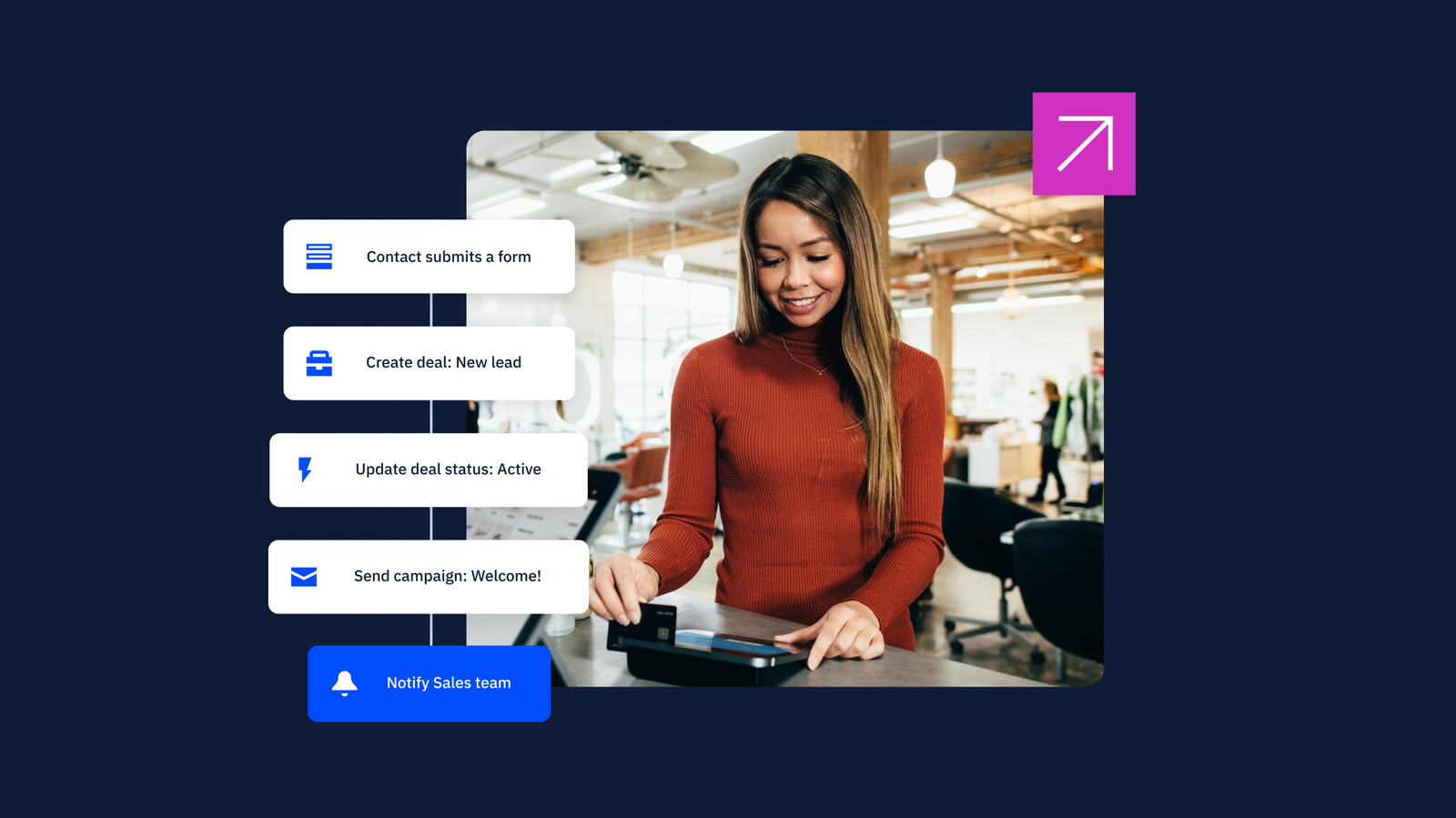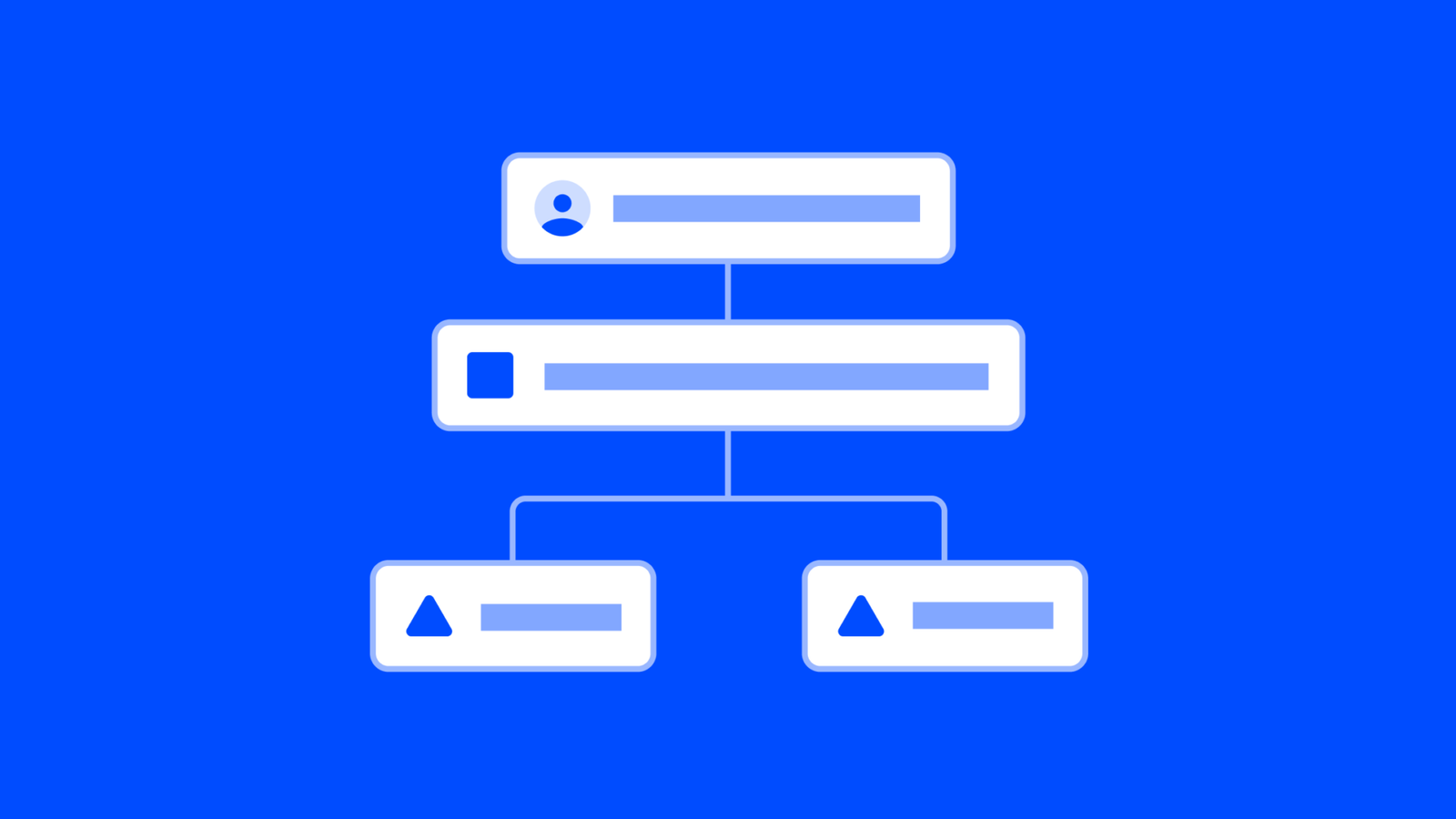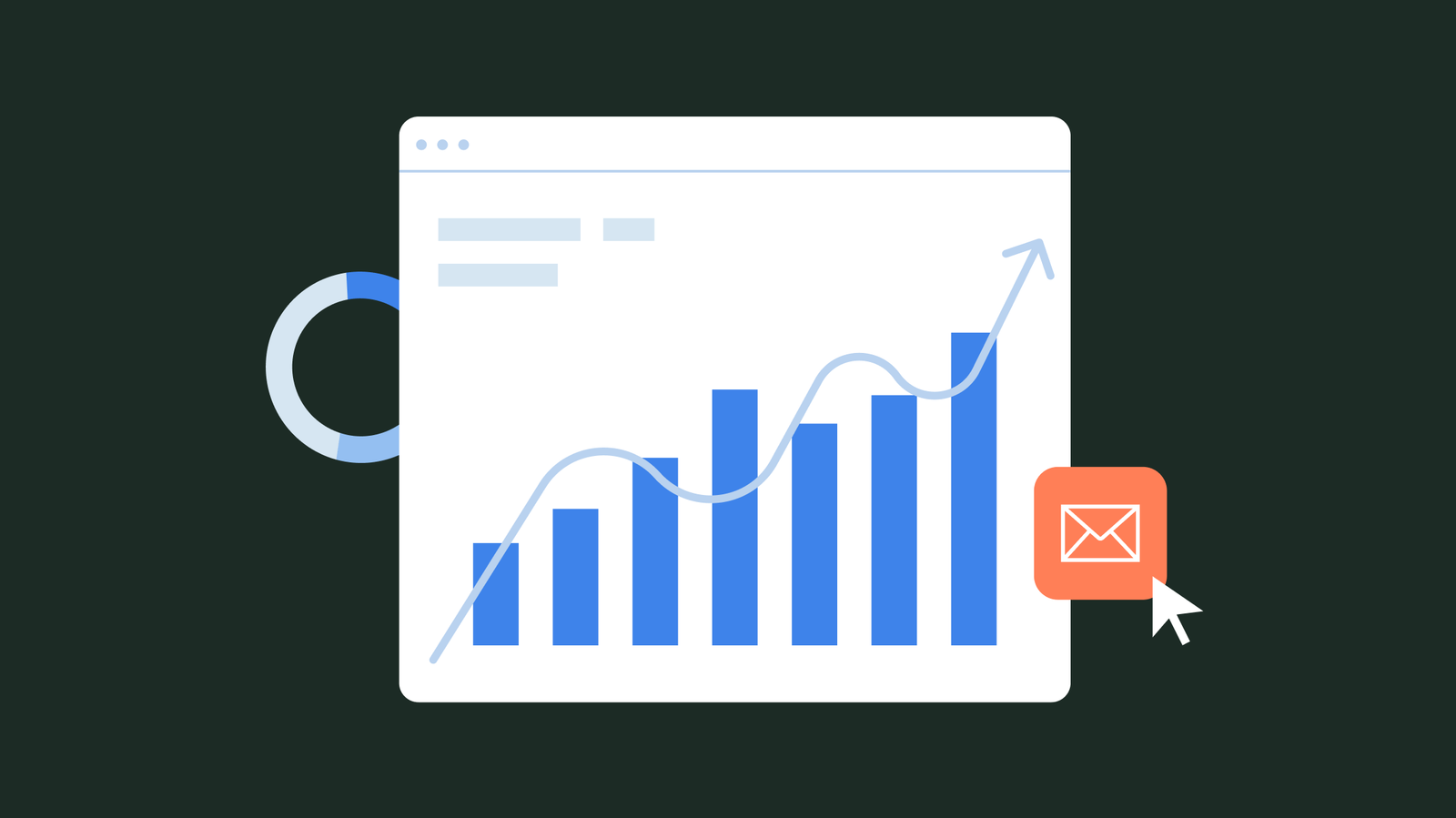This post was updated on June 16, 2022.
With the rapid growth of online marketing over the past decade, user experience has become a more critical factor in the customer buying journey than ever before.
Since potential buyers have endless options and plenty of companies to choose from when purchasing almost any product or service, you need to work extra hard to take cold prospects through the buying process so that they eventually become paying customers.
This is where a sales funnel comes in.
But what is a sales funnel? How does it work? And how can you build 1 for your business?
This article goes into depth about sales funnels so that you can grow your customer base with your ideal customers and start making more sales.
What is a sales funnel?
A sales funnel (also known as a revenue funnel or sales process) refers to the path customers follow to become a customer. Steps in the sales funnel include top of funnel (TOFU), middle of funnel (MOFU), and bottom of funnel (BOFU).
What does a sales funnel do for you?
A sales funnel makes it easier to follow up with leads. With a good follow-up process, you can avoid the worst feeling in the world—missing a sales opportunity. You know when someone stops replying to your emails and doesn’t pick up the phone? You can avoid that.
Why does this happen? A couple of reasons:
- Disorganization: You don’t have your sales follow-up steps outlined, and leads get confused (having ideas in your head doesn’t count as a plan).
- Outdated tech: You don’t have the tools to make the process smooth for yourself or the person you’re talking to. When the process is confusing, a lead’s interest in talking to you tends to wane.
Instead of just missing out on sales you know would benefit from your product, you can use an automated sales funnel to track leads and know exactly where they are in the process. That way, you know the content they need at every step leading up to the fun part—the conversion.
And the tools in the funnel-like marketing automation—carry them through each stage, so you don’t have to watch their progress every minute of the day. The dependability of a sales funnel means that leads don’t slip through the cracks.
People recognized the need for an organized sales funnel way back in the 19th century.
In 1898, E. St. Elmo Lewis created a model that outlined a theoretical customer journey—from the moment a product caught consumer attention to the point of purchase. St. Elmo Lewis’ idea is often referred to as the AIDA model, which stands for Awareness, Interest, Desire, and Action.
William W. Townsend first suggested the connection of the funnel model with the AIDA concept in 1924. And the sales funnel was born.
There have been a lot of other names for a sales funnel in its history, including:
- Marketing funnel
- Purchase funnel
- Conversion funnel
- Product funnel
- Buying funnel
- Customer funnel
By any name, a funnel comprises of marketing, sales, products, buying, and conversions—AKA all of those terms.
What are the sales funnel stages?
There are 4 stages of a sales funnel: Awareness, Interest, Decision, and Action. These sales funnel stages are referred to using the acronym AIDA.

The 4 stages fall into 3 general categories:
- Top-of-Funnel: How will people find you?
- Middle-of-Funnel: How will people learn about you?
- Bottom-of-Funnel: Why should people buy from you?
How does a sales funnel work?
The AIDA sales funnel model works like this:
- Awareness: Awareness is when you create brand awareness for your business. You build curiosity and awareness through content highlighting your business as the answer to a problem.
Channels for the awareness stage include:
- Social media
- Events
- Website
- Paid ads
Social media, in particular, is a great way to gain exposure and make customers aware of your brand and offers. In 2021, 77% of social media users from 11 countries said they used social media to find out more about brands and products they’d never heard of before.
- Interest: Interest is when you generate interest in the benefits of your offer. At this point, the customer knows a little about you and is actively expressing an interest in your product. You need to keep their interest piqued.
Channels for the interest stage include:
- eBook
- Email campaign
- White paper
- Webinars
- Decision: Sometimes also called “desire,” this is where a customer’s journey turns from wanting a fix to wanting you as their fix. You’ve made them curious, kept them interested, and the combined power of those stages led them to decide on you.
Channels for the decision stage include:
- Lead forms
- Phone calls from sales teams
- Targeted emails showcasing social proof
- Action: In the Action stage, your call-to-action (CTA) brings the customer to act on their decision. The action stage is where conversions happen, whether moving from a free trial to a membership, buying a product, or signing up for a subscription.
Channels for the action stage include:
- Physical store or office (customer comes in and buys your product/service)
- Online checkout (customer buys your product online)
Ryan Deiss, a co-founder of Digital Marketer, describes the sales funnel as a multi-step process that moves prospective browsers into buyers.

In each of the sales stages, there are email warming sequences that have content like:
- Personalized customer stories
- Platform tutorials
- Product suggestions
These happen over days or even weeks because most prospects aren’t ready to buy from you at first glance, especially if they’re only just becoming aware of you. Thus, the funnel has several customer relationship-building “touches” at each stage.
Example of a sales funnel
Let’s imagine you own an online fitness business. You just released a fitness video course and are ready to promote it to the masses.
You know that your target audience is mostly on Instagram and are mainly females between the ages of 25 and 35.
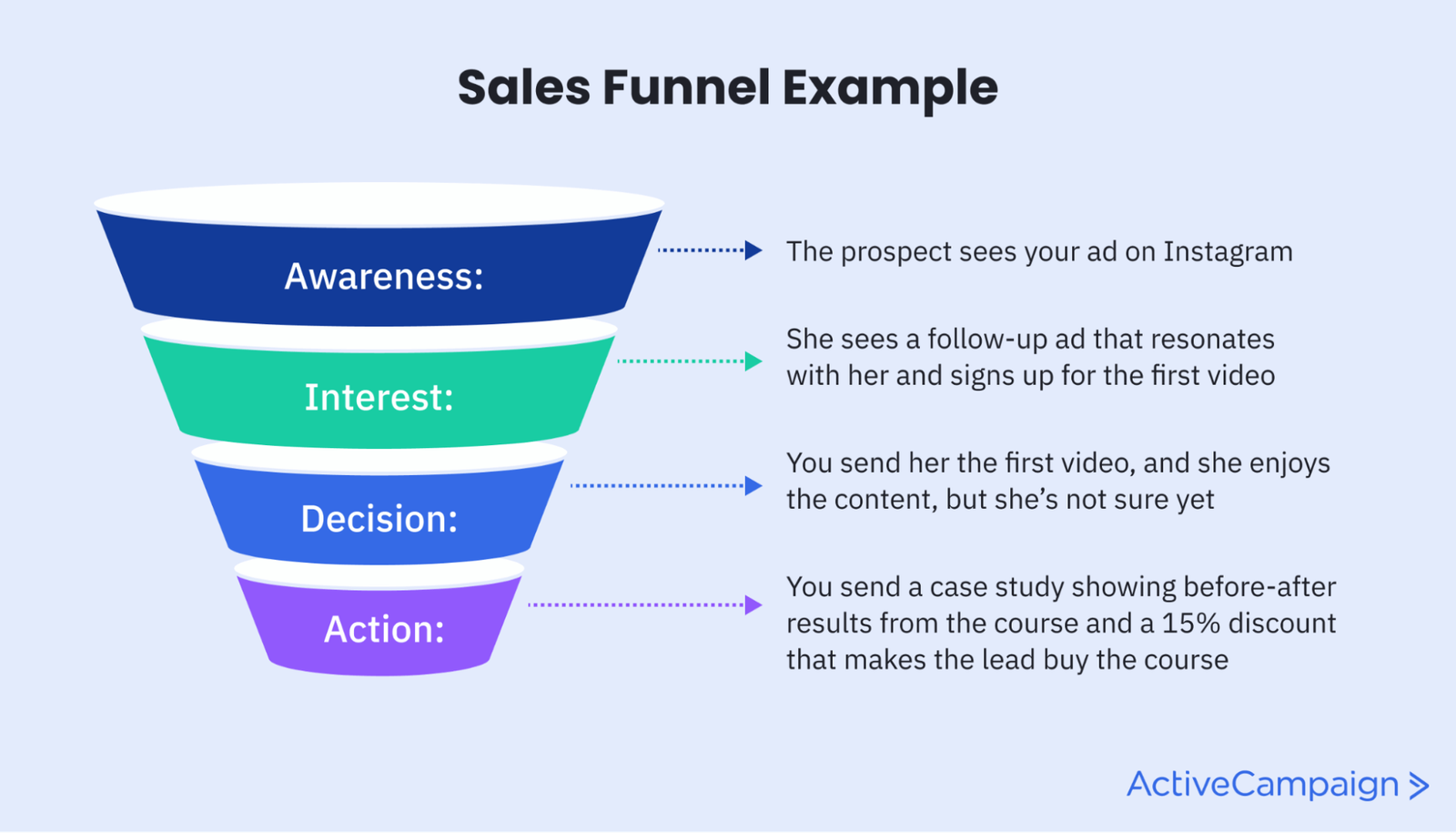
You build a landing page with a form where people can sign up to your email list in exchange for your unique and robust lead magnet. In your case, it’s the first video of your fitness course.
You run an Instagram ad campaign to drive traffic to your landing page, and potential customers give you their email addresses in exchange for the free video. This means that these people are no longer prospects but leads who are moving through your sales funnel.
From there, you nurture your leads by sending them an email drip campaign filled with helpful fitness tips and nutritional advice. At the end of the campaign, you give them a 15% discount code for your fitness course. Now the buying decision has become a no-brainer, and your leads are buying your course left, right, and center.
After this, you continue sending useful information to your email list—keeping them engaged and turning them into loyal customers.
Click here to explore more sales funnel examples.
How to create a sales funnel
You create a sales funnel primarily with 2 things:
- A sales pipeline
- Automated email sequences
What is so important about these 2 components?
Asales pipeline is the nerve center of your conversion strategy. It gives you a literal, organized view of your prospective customer's progress through your funnel. At each stage, you send automated emails, make phone calls, and schedule appointments. You can create multiple pipelines to reflect the customer journey with each of these steps.
Automated email sequences are campaigns that send relevant information to keep a person engaged—and you can create automations to send messages at the exact moment a person needs it.
How to build a solid funnel with automated email sequences and sales pipelines
A funnel doesn’t already exist, ready to be filled. You create the things that ultimately build a funnel. And to do that, follow these steps.
- Create a list of all the emails, content pieces, and phone calls you need in your sales, outreach, and marketing plan.
- Create these components in your platform to form your sales funnel—and automate everything you can.
Your list of funnel necessities can include:
- Email templates and automation recipes: The ability to plug in your content to ready-made automation or email means a little less work for you.
- Promotional and sales email ideas: What will be most useful to mention in your emails? What are the most significant problems a potential customer needs to solve?
- The number of phone calls and emails you want to make during your process—and the purpose of each.
- A product demo: Nothing is more convincing than seeing that your product is worth it with their own eyes. More and more, customers are using a interactive product demo.
- A welcome series: For when those sweet, sweet conversions happen! You can steal this welcome email series to help you get started.
These are all things that can easily be organized when you use an automated email marketing platform and a CRM to build sales pipelines.
Now, it’s time to create the necessary components in your platform. When you create email sequences and pipelines in ActiveCampaign, you can attach tags and create triggers that automatically send follow-up emails or an email that reminds you to make a phone call.
You can also automatically send leads into different pipelines—like a demo pipeline—further down the sales funnel.
Here’s what a sales pipeline can look like:

This is what happens at the top of the funnel:
- You send the first email
- You send the second follow-up email
- You schedule the first call

This is what happens in the middle of the funnel:
- You book a demo
- You schedule a second follow-up call
- You convert the lead into a paying customer
Automated email sequences can be used in multiple ways. You can set 1 up to do things like:
- Send helpful content that can help solve a problem
- Send follow-up emails at the right intervals so they know you can answer the questions that come up while they learn about you
- Start a welcome series to make them feel confident and get started with your product
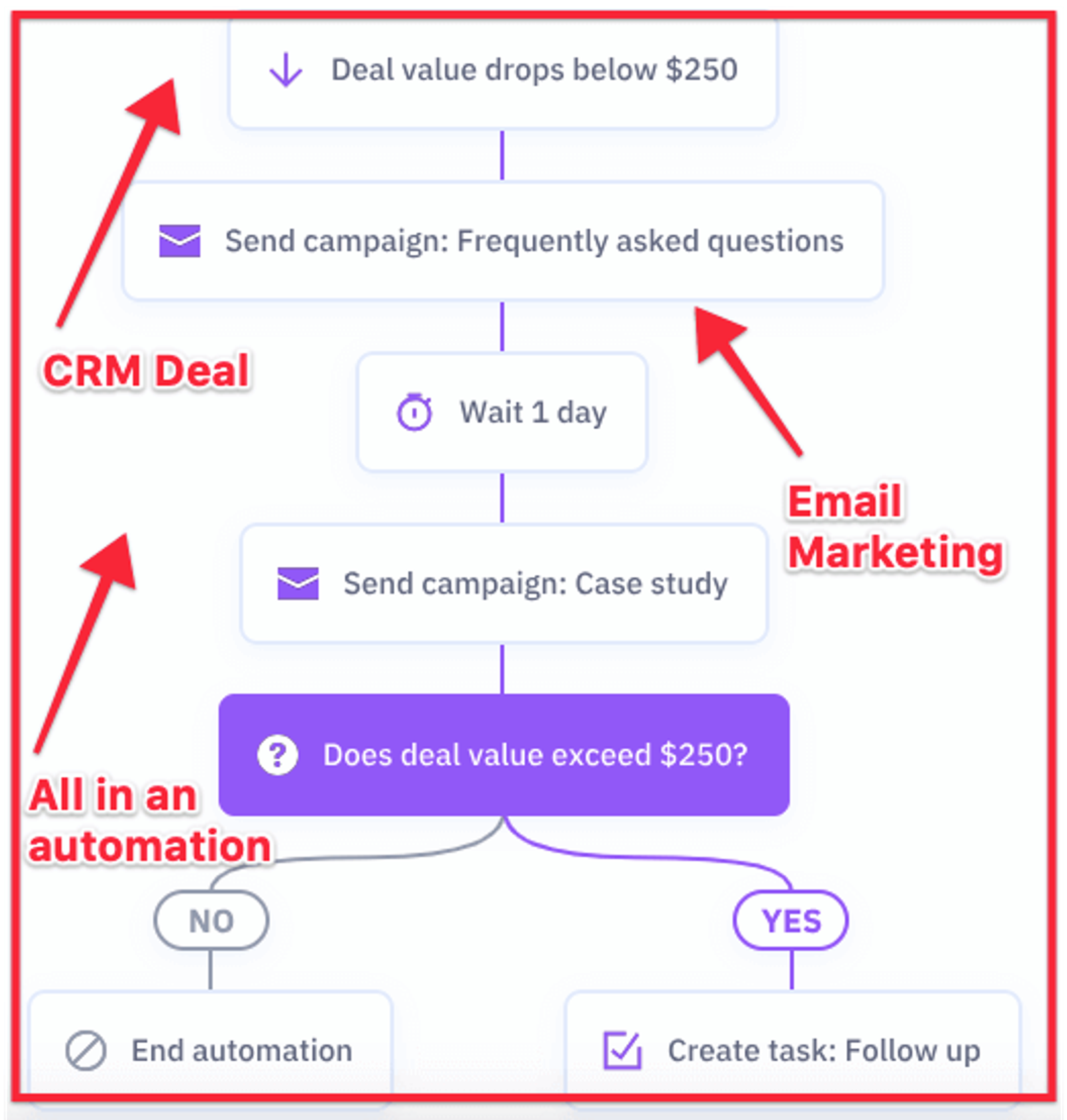
Based on the actions you see in an automated email sequence, you can move qualified prospects into different automations that’ll take them further through the sales funnel.
Automation makes it much easier to keep track of follow-up communication in the sales funnel. That way, you know what automations make the most sense for them.
“I focus on two things in a marketing campaign. The first is finding people, and the second is follow-up. And the big challenge you solve is automating follow-up.”
-ActiveCampaign customerLearn how to build and use email marketing funnels for your business.
Content to create in each part of the funnel
Here are the different types of content you should create for each stage of the funnel.
Top of the funnel
The top of the funnel should include content that provides information about a specific problem. For this, you can provide the following content:
- Checklists
- Blog posts
- How-to-guides
- eBooks
- Landing pages
- Infographics
Middle of the funnel
The middle of the funnel should include content that shows your audience how your product or service can solve their problem. For this, the following content is best:
- Research studies
- Online events
- Videos
- Surveys
Bottom of the funnel
The bottom of the funnel should include content that shows your audience that your product or service is the best solution on the market. Content for this stage includes:
- Webinars
- Online demos or demo videos
- Free trial offering
- Real case studies
- Customer interviews
- Social proof
Discover how you can make your sales funnels even more unique by creating an effective customer experience strategy.
Why is a sales funnel important?
A sales funnel is important because it helps you:
- Create a focused marketing and sales strategy
- Find the best ways to relate to your customers during their journey
- Generate more sales and business growth
Some people will never buy from you, which is a fact. But you have a much better chance to convert qualified leads into customers with a sales funnel.
That’s why you need a well-planned sales funnel process to keep track of their progress and communication. The funnel will help successfully nurture them into being ready.
Surprisingly, however, not every company has thought about creating a sales funnel.
That’s losing 79% of opportunities for new revenue. Most companies are missing 4 out of every 5 opportunities!
So if a sales funnel can help decrease that 79%, why aren’t more businesses jumping to create their own?
Because there are a few challenges in creating a sales funnel:
- A software platform you don’t know how to use can be intimidating—and it can feel like even more work to learn.
- You don’t know what features to look for to help fill your sales gaps.
- You just don’t feel like you have the time when you have a million daily tasks.
- New software sounds like it‘ll cost you an arm and a leg, and you’ve been doing the work yourself this long. Is it worth it?
Yikes. That’s a lot to be apprehensive about. But here’s a secret:
The cost of not getting your leads properly organized is greater than not trying at all.
Without a functioning sales funnel, converting leads into sales is extremely difficult. And without sales, what happens to your business?
Here’s what you need to do.
Identify the problems in your current sales process. Once you know what needs improvement, the search for software to create automated sequences and sales pipelines is more focused.
Then, it’s research time.
- Is a way to keep sales organized your biggest problem? Learn more about the different types of CRM software that can help.
- Not sure how to handle cold email outreach vs. marketing emails in your funnel? Find out the difference between them and set up your necessary automated campaigns.
- Does the idea of an automated email sequence confuse you? Learn about 5 different ones and why email sequences work.
Imagine having tools to help you handle the necessary communication that converts people into customers.
The 3 tools you need to build a killer sales funnel are:
- Email marketing
- Automation
- A sales CRM (or customer relationship management)
ActiveCampaign has all 3.
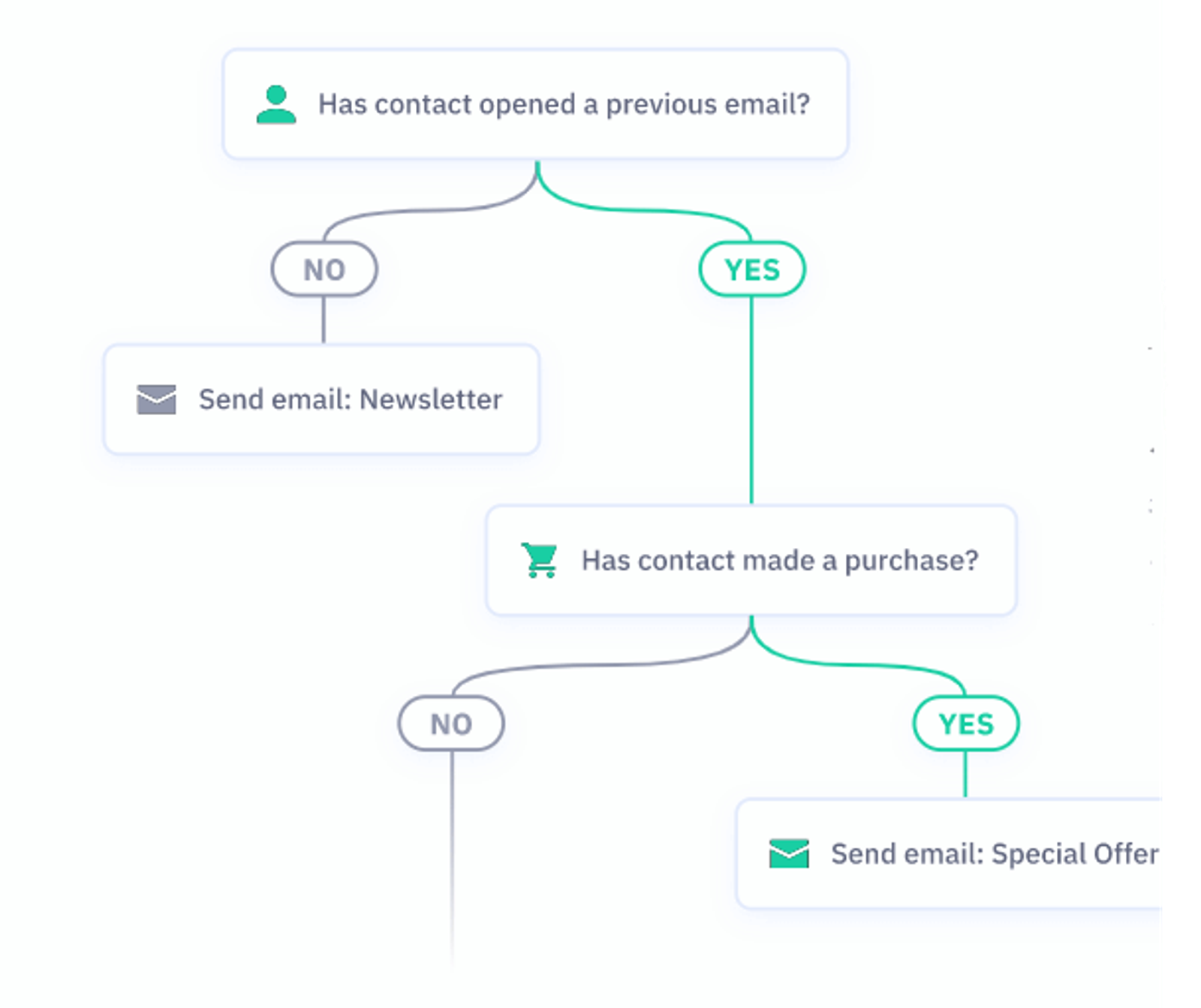
Automated email sequences and sales pipelines take the stress out of communication, giving you more time to focus on other areas of your business.
Start your free ActiveCampaign trial.
Are sales funnels effective?
Sales funnels are effective, but a funnel doesn’t just exist and work independently. You need to have the right tools at your disposal within the funnel. Then, with the right tools, it’s a definitive yes.
Matt Ackerson is the founder of AutoGrow (formerly known as Petovera), a done-for-you funnel service. Ackerson also created a course called the 6 Figure Sales Funnel Training.

Ackerson claims that a complete funnel has 3 stages, or the ‘3 F’s’:
Foundation—things like landing pages, content, or pop-ups
Follow-up—features like email automation and retargeting
Fuel—traffic flowing into the top of the funnel
Ackerson’s go-to recommended tool for email automation follow-up within the funnel is ActiveCampaign. Why? Because of 1 business’ success with it—ApproveMe.
Companies like ApproveMe use ActiveCampaign to:
- Tag contacts
- Set up automated follow-up sequences
- Score leads as they move through the funnel
- Segment subscribers with tags to create a personalized experience for each person
“The most powerful feature, in my view, is that it allows you to easily segment your subscribers and create a highly personalized experience for them.
For example, if someone visits a page, you can put them down Path A, or if they get tagged with “interested in Service X” you can put them down the follow-up path related to that interest. You can also personalize individual email content so that it sounds like you are speaking directly to each person.”
-Matt AckermanThere’s no perfect sales funnel template that’s ready-made for your business. A sales funnel is a model that you can tweak for your business. And the personalization tools within ActiveCampaign can really help make your funnel your own.
How to measure the success of your sales funnel
The best way to determine whether your funnel is successful is to look at its conversion rate.
Nearly a third of business owners believe that 3.1%-5% is a reasonable funnel conversion rate. For the most part, this percentage is a good goal to strive toward. According to the Adobe Digital Index 2020 Report Into Consumer Electronics, the average funnel conversion rate in most industries is 3%.

However, you need to be mindful of the industry that you’re in and the products or services that you offer. For example, some industries have high-priced offers with lower conversion rates yet high profits.
Other industries with lower-priced offers will need a high sales funnel conversion rate to be profitable.
To determine your conversion rate, simply divide the total number of conversions by the total number of leads who entered the funnel and multiply it by 100. This will give you your conversion rate percentage.

Remember to give your sales funnel enough time and traffic before evaluating its success. Keep in mind that consumers take longer to purchase more expensive products and thus need a longer consideration period.
How to optimize your sales funnel for better results
You created a sales funnel (or revamped the 1 you had), and it’s still not producing the desired results. What should you do now?
Time for a little detective work. You have to find out what might be causing your funnel to fail. To do that, start by asking yourself these 3 questions.
- Where are your leads getting stuck? Is there a common stage where leads start to grow cold? Look at past prospecting efforts to see what might need adjusting in AIDA.
- What information are leads possibly missing at each stage? Content can go stale. If you’re sending an outdated piece of content, your leads aren’t getting the information they need from you.
- How can you make the process smoother for them? Each stage of AIDA can have multiple steps—from the emails you send to the phone calls you make. What can you automate or eliminate to create less work?
You can also consider optimizing your sales funnel for better results by running A/B tests. Though A/B tests take time to give statistically significant results, they help you figure out how to convert quality prospects faster and more reliably.
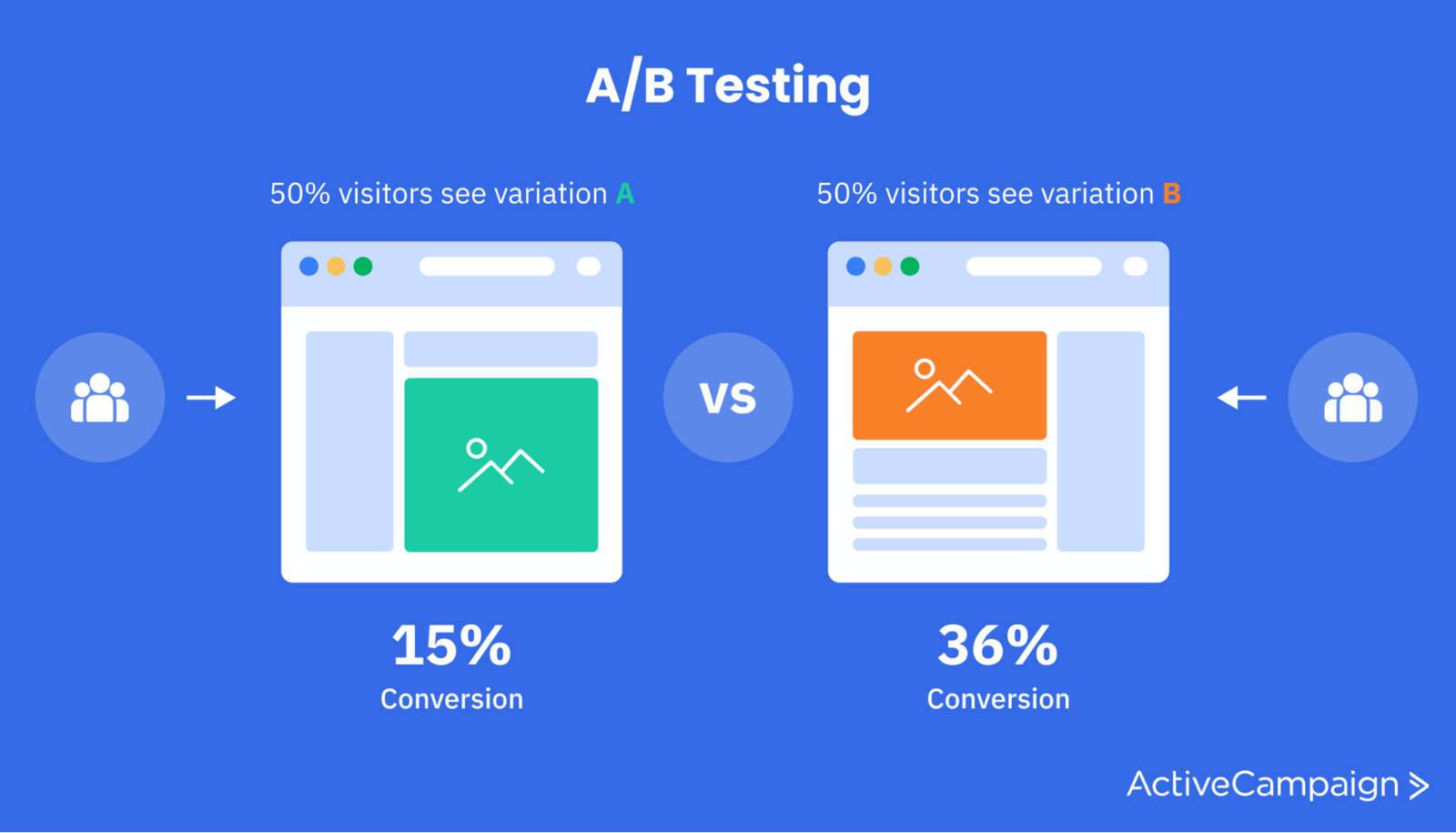
You can run A/B tests on your landing pages, email campaigns, social media ads, and more. The goal is to find the best combination or “formula” for success.
In other words, you want the best combination of copy, visuals, layouts, and offers that your audience responds well to.
Start with the top of your funnel (ad, landing page, etc.) and try to create content that your audience can’t resist by removing and adding different elements and language until your content brings in a lot of traffic and conversions.
After this, you can move through the next stages of your funnel and do the same. Eventually, your funnel will become a client-getting machine with higher conversion rates than ever.
Need more help with your A/B testing? Our A/B testing guide will show you exactly what you need to do.
Choose your sales funnel tools carefully
Building a sales funnel can be difficult if you don’t have the right software to back you up.
By getting the right tools and creating a solid sales funnel, many of your processes will run by themselves, which will give your customers an excellent experience and save you time and money in the long run.
Not sure what automation, email marketing, and CRM software are right for you? Start with a free trial of ActiveCampaign—we have all 3.

